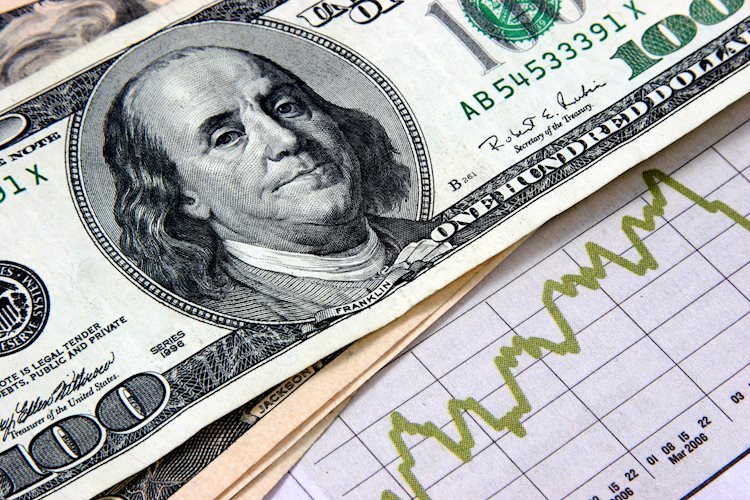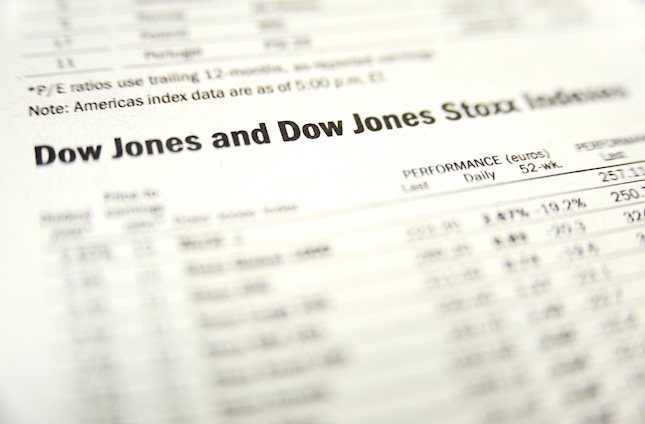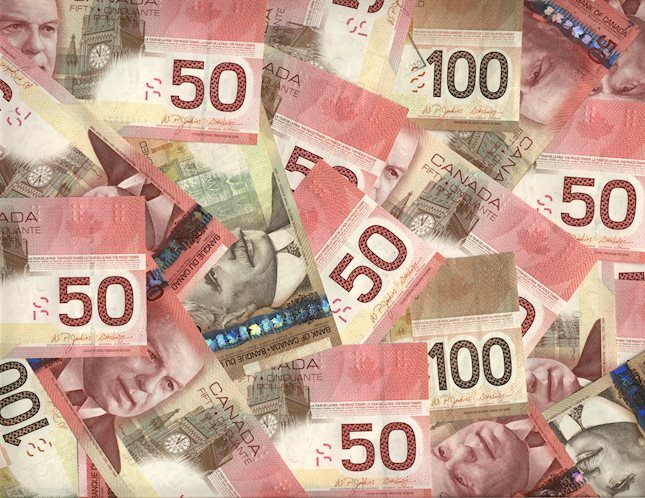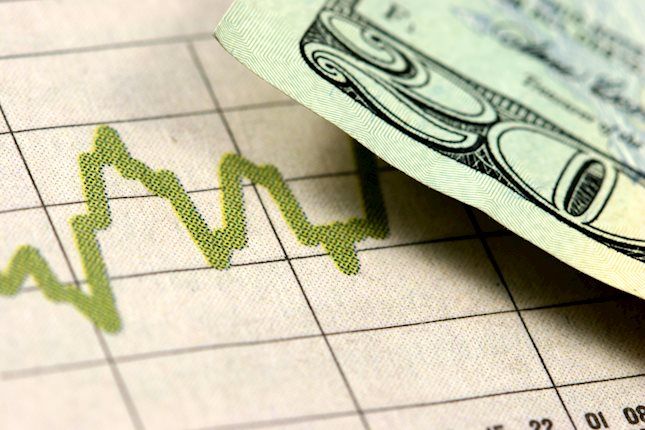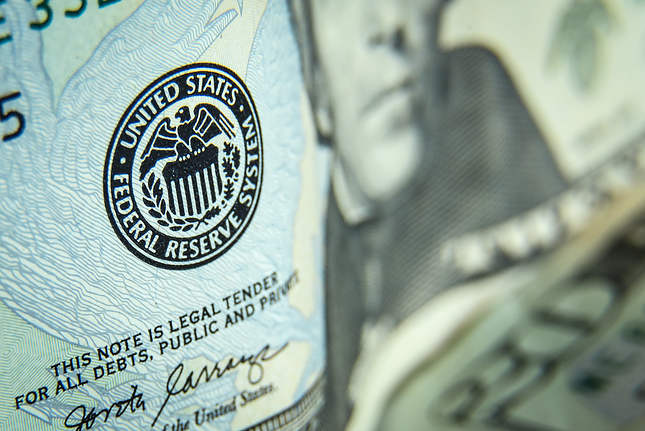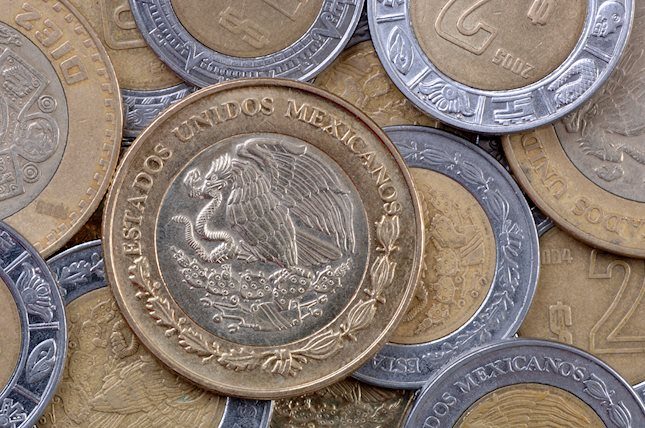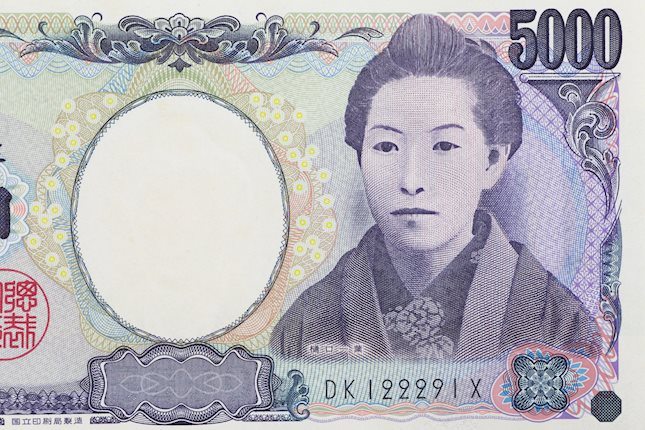US Dollar takes a hit as S&P PMI data disappoints
- US S&P PMI figures from April came in softer than expected and made markets dump the USD.
- Hawkish bets and high US Treasury yields may limit the downside for the USD.
- All eyes are set on PCE and GDP data on Thursday and Friday.
The US Dollar Index (DXY) is trading softly at 105.70 tallying daily losses on Tuesday's session. The Federal Reserve (Fed) has been sending a consistently hawkish message, which might limit the Greenback’s losses as markets delay the start of the easing cycle. Investors are also keeping an eye on vital economic reports due this week, including the preliminary figures of Q1’s Gross Domestic Product (GDP) Growth Rate and the Personal Consumption Expenditures (PCE) Price Index from March to gain further insight into the economy's health. During Tuesday’s session, S&P PMIs came in lower than expected and made the USD face selling pressure.
Despite the weak PMIs, the US economy exhibits overall resilience. The Fed's stance leans hawkish, manifesting itself in reduced odds of rate cuts in the near future and not until September. PCE and GDP data later this week will likely fuel volatility in markets as they will continue shaping the expectation on the next Fed decisions.
Daily digest market movers: DXY declines following weak April S&P PMIs, hawkish bets on Fed
- The S&P Global Composite Purchasing Managers Index (PMI) fell to 50.9 in April's flash estimate, indicating slower private sector growth in the US from March's 52.1.
- The S&P Global Manufacturing PMI demonstrated a more noticeable drop from March's 51.9 to 49.9 in April, suggesting a contraction in US manufacturing sector activity.
- Similarly, April's S&P Global Services PMI decreased from 51.7 to 50.9.
- Following the consistent hawkish stance from the Federal Reserve (Fed) on US monetary policy, the first rate cut was pushed to September, but it isn't fully priced in.
- US Treasury bond yields are dwindling with the 2-year yield at 4.93%, 5-year yield at 4.61%, and 10-year yield at 4.58%.
DXY technical analysis: DXY displays a declining momentum, overall bullish outlook holds
The indicators on the daily chart reflect contrasting outlooks. The Relative Strength Index (RSI) is on a negative slope albeit in positive territory, indicating a possible slowdown in buying momentum as the indicator slopes downwards. However, it is crucial not to overlook that it still remains in the bulls' region, suggesting some continued bullish strength. Simultaneously, the Moving Average Convergence Divergence (MACD) shows decreasing green bars, also indicating a loss of bullish momentum as the magnitude of buyers seems to be dipping. This is a warning bell for the bulls, suggesting that they might be gradually losing ground.
Regarding the Simple Moving Averages (SMAs), they manifest a more bullish image. Despite a negative short-term outlook, the DXY is above the 20, 100, and 200-day SMAs, signifying a more positive medium to long-term perspective. It suggests that bulls still retain control in the larger picture, providing hope for a potential recovery of bullish momentum.
Inflation FAQs
Inflation measures the rise in the price of a representative basket of goods and services. Headline inflation is usually expressed as a percentage change on a month-on-month (MoM) and year-on-year (YoY) basis. Core inflation excludes more volatile elements such as food and fuel which can fluctuate because of geopolitical and seasonal factors. Core inflation is the figure economists focus on and is the level targeted by central banks, which are mandated to keep inflation at a manageable level, usually around 2%.
The Consumer Price Index (CPI) measures the change in prices of a basket of goods and services over a period of time. It is usually expressed as a percentage change on a month-on-month (MoM) and year-on-year (YoY) basis. Core CPI is the figure targeted by central banks as it excludes volatile food and fuel inputs. When Core CPI rises above 2% it usually results in higher interest rates and vice versa when it falls below 2%. Since higher interest rates are positive for a currency, higher inflation usually results in a stronger currency. The opposite is true when inflation falls.
Although it may seem counter-intuitive, high inflation in a country pushes up the value of its currency and vice versa for lower inflation. This is because the central bank will normally raise interest rates to combat the higher inflation, which attract more global capital inflows from investors looking for a lucrative place to park their money.
Formerly, Gold was the asset investors turned to in times of high inflation because it preserved its value, and whilst investors will often still buy Gold for its safe-haven properties in times of extreme market turmoil, this is not the case most of the time. This is because when inflation is high, central banks will put up interest rates to combat it. Higher interest rates are negative for Gold because they increase the opportunity-cost of holding Gold vis-a-vis an interest-bearing asset or placing the money in a cash deposit account. On the flipside, lower inflation tends to be positive for Gold as it brings interest rates down, making the bright metal a more viable investment alternative.
Forex News
Keep up with the financial markets, know what's happening and what is affecting the markets with our latest market updates. Analyze market movers, trends and build your trading strategies accordingly.
